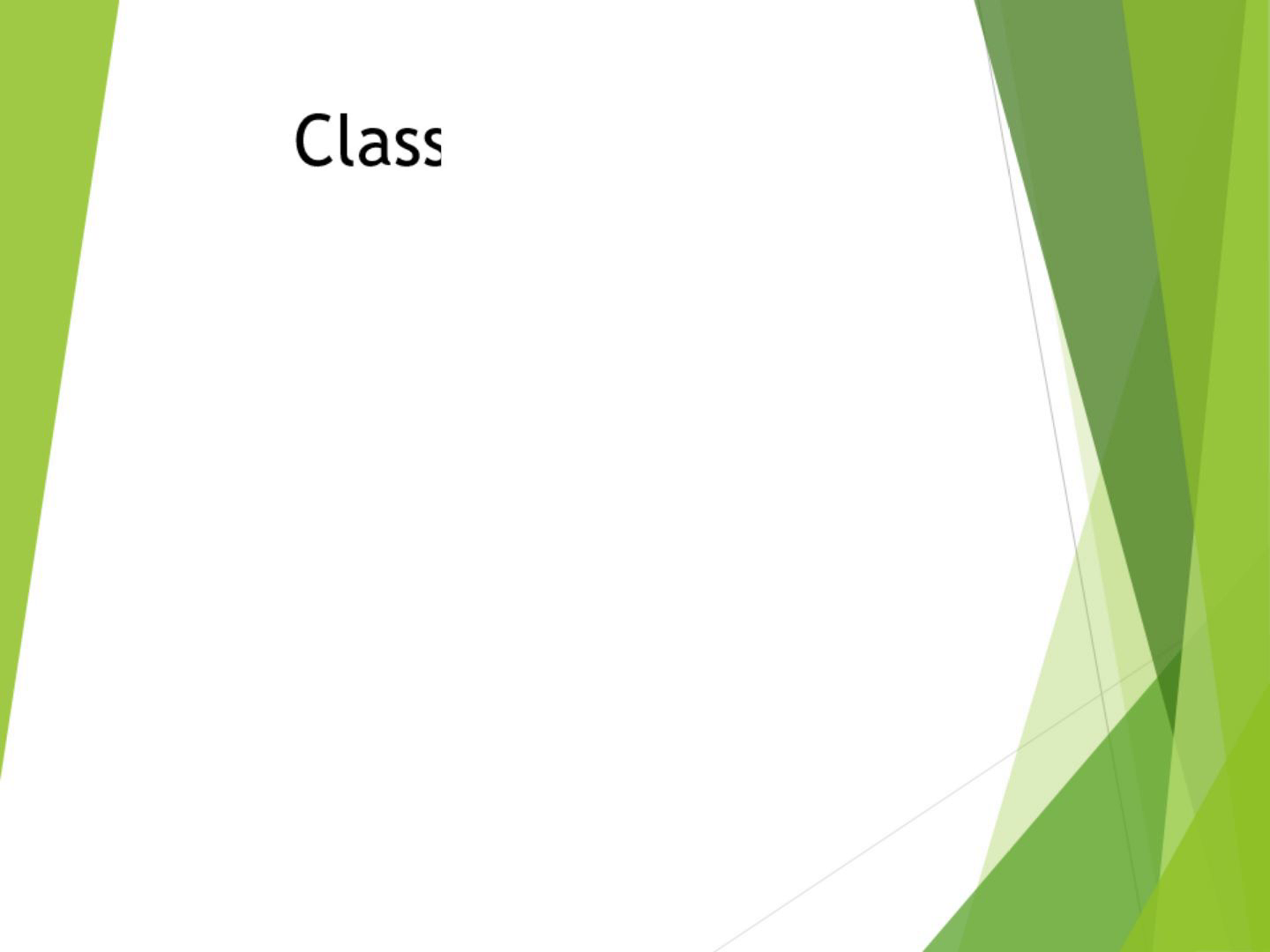
Page 1 (0s)
SOUTHWEST ISD SPECIAL EDUCATION Empowering Unique Minds, Shaping Bright Futures.
Page 2 (9s)
[Virtual Presenter] This instructional module will cover.: Verbal Reminders and Proximity Control.
Page 3 (28s)
[Virtual Presenter] Proximity control is an effective and easy classroom management strategy. It is easy because the teacher can casually move toward a disruptive student. Physical closeness to a student has been proven to be effective in redirecting students back on task. This type of strategy helps to increase student engagement while at the same time decreasing problem behaviors..
Page 4 (52s)
[Virtual Presenter] Proximity control keeps students focused and on task in a non-confrontational manner. This specific type of classroom management strategy helps maintain those students who have limited attention spans or are in need of additional interaction with someone..
Page 5 (1m 9s)
[Virtual Presenter] When students are disciplined in front of their peers, they often become embarrassed and angry. This can cause an elevation in disruptive behaviors rather than a de-escalation. Proximity control is an excellent method to redirect students back on task without calling them out in front of their friends..
Page 6 (1m 28s)
[Virtual Presenter] Many times, students are being disruptive because they want extra attention. Physical proximity by the teacher can be all the attention that disruptive students need..
Page 7 (1m 40s)
[Virtual Presenter] Proximity control also preserves a student’s confidence. Being yelled at in front of peers can be devastating to a student, even if she does not seem to care. Proximity control redirects students in a respectful way. When students feel that they are being respected by their teachers, they are more likely to behave in a respectful way in the school or classroom..
Page 8 (2m 3s)
[Virtual Presenter] Another advantage of proximity control is that it allows for a teacher to maintain the flow of a lesson. Having to pause what you are teaching to tell a student to stop a problematic behavior ruins the lesson for everyone. A teacher can become distracted, lose their train of thought, and then lose control of the entire class..
Page 9 (2m 24s)
[Virtual Presenter] Through proximity control, a teacher keeps the lesson going while moving around the classroom, especially toward the student who needs to be redirected. The teacher never has to stop the lesson because the student will likely get back on task without having to be told verbally..
Page 10 (2m 42s)
[Virtual Presenter] “Verbal Reminders.” Just as we all need reminders to stay organized in our everyday lives, young students need reminders in school to keep their work and behavior on track. By using reminding language before students start a possibly challenging task, or when they start to make a mistake, teachers help them stay on task, organized, responsible, and safe..
Page 11 (3m 5s)
[Virtual Presenter] Before using reminders, be sure to teach students what the expectations are and how to meet them, as children they, can only be reminded of what they already know..
Page 12 (3m 18s)
[Virtual Presenter] Also, keep in mind that reminders are most effective when both the student and teacher feel calm. That’s why it’s so important to give reminders early, before a student’s behavior has gone on long enough for frustration to build..
Page 13 (3m 34s)
[Virtual Presenter] Prompt students to remember for themselves what they should be doing. This shows faith in their competence and builds their autonomy. Use a neutral tone and body language. Giving a reminder as a matter-of-fact piece of guidance shows respect for the student..
Page 14 (3m 52s)
[Virtual Presenter] It also helps that the teacher focuses on what the student needs to do rather than how the student makes them feel. Be brief. Students tend to tune out of long strings of words. Watch for follow-through. After giving a reminder, take a moment to see how the student reacts. If we don’t do this, the student may learn that we don’t mean what we say..
Page 15 (4m 16s)
[Virtual Presenter] “Contributors.” Bella More, Educational Diagnostician Steffanie Sparrow, Licensed Specialist in School Psychology Mario Bernal, Licensed Specialist in School Psychology Valerie Torres, Licensed Specialist in School Psychology.
Page 16 (4m 35s)
[Virtual Presenter] End of Classroom Strategies. (Part 2).